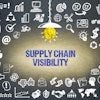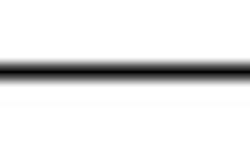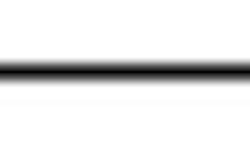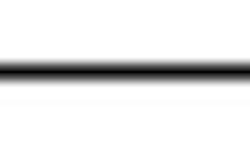
In a recent survey, nearly half (45 percent) of supply chain professionals indicated they are supporting their internal regulatory compliance departments with external resources, especially those with under $1 billion in annual revenues and those doing business in emerging markets.
The rising tide of trade and security programs is having an impact on both importers and exporters, and both products and their movement. Compliance with new regulations such as the EU REACH and U.S. Importer's Security Filing 10+2 programs can be complex and costly. To better understand how companies are dealing with these issues, BDP and Centrx surveyed 184 logistics executives from a wide range of industries.
The need for compliance services, it was found, is most pronounced in emerging markets. Respondents conducting business in Asia-Pacific indicated they outsource the entire compliance function. Moreover, 60 percent of the respondents trading in Asia-Pacific cited a growing need for such services over the next 12 to 18 months, compared with 53 percent in North America and 50 percent in Europe. Compare these results with the 80 percent of respondents who staff and administer the compliance function internally for North America.
"It was not surprising to find that the larger companies with more resources were more inclined to handle compliance matters themselves, particularly on their home turf," explained Michael Ford, BDP vice president of regulatory compliance. "Nor was it surprising to see even these companies relying on local expertise in places like Africa and Asia. What is notable, however, is the degree to which they all recognize the need to proactively manage the function to minimize often highly punitive penalties and maintain desk-level productivity."
Division of Labor
The survey suggests that companies typically deal with product-related regulations such as registration, labeling and marked, themselves, while outsourcing compliance with those associated with its movement.
With regard to use of outside compliance services, respondents split fairly evenly between those who retain the function fully in-house (43 percent) and those who outsource at least a portion of it (45 percent). Only 12 percent indicated they outsource the entire function.
More than half (51 percent) of respondents from companies with annual revenues up to $1 billion indicated they outsource at least a portion of the compliance function, with a third (32 percent) retaining the function in-house and just 17 percent outsourcing it entirely. This compares with 38 percent of respondents from billion-dollar-plus companies who reported outsourcing part of the compliance function; 58 percent who retain it fully in house; and just 4 percent who outsource it entirely.
Over half of all respondents reported employing two to eight full-time staff in the compliance function. Only 5 percent of the respondents with in-house compliance departments reported staff reductions over the past two years, whereas 45 percent reported additions. During the same period, respondents outsourcing the entire function reported increased usage of these services, compared with 44 percent who use a combined in-house/outsource model.
Compliance responsibilities depend largely upon the products being moved and the expertise of the compliance team. Nearly half of the respondents from the petroleum, electronics and textile industries who partially outsource compliance rely on their service providers for assistance with government reporting and product registrations. Those in the agricultural sector, in contrast, tend to handle these responsibilities in-house.
Increasing Need
Nearly all of the respondents saw a continued increase in the need for compliance services, particularly in the Asia-Pacific region (60 percent). Nearly a third (30 percent) indicated an increased need for such services in the Middle East and South America as well.
Just 7 percent of respondents saw the need for more compliance services for European imports, compared with 27 percent for North America. However, half of those exporting to these markets anticipate near-term growth in these services. Asia-Pacific, on the other hand, anticipates greater growth in imports (50 percent) than exports (37 percent), reflecting perhaps the region's growing consumerism.
Interestingly, over half of the respondents from billion-dollar-plus companies see a growing need for compliance services in North America, and 75 percent of those in metals and minerals see greater demand in Asia-Pacific.
When queried about where they expect to secure compliance support in the future, nearly 80 percent (77 percent) indicted in-house resources, but fully 65 percent noted they will also work with freight forwarding/customs brokerage firms.
"Today more than ever it is critical for global traders to understand the vagaries of the regulatory landscape and the speed with which it is changing," said BDP's Ford. "Going forward, the challenge will be staying ahead of the regulatory curve with its growing trade, security and environmental rules."
The survey was conducted in the fourth quarter of 2009 with an online questionnaire distributed globally to more than 700 supply chain/logistics professionals, 184 of whom completed it for a statistically valid 25 percent response rate. Nearly half of the respondents, whose anonymity was assured, represented the chemical industry (49 percent). Also represented was a wide array of other industries, including electronics, heavy machinery, life sciences/pharmaceuticals and consumer goods.
Annual revenues of respondents' companies were nearly evenly split with 47 percent reporting less than $1 billion and 43 percent reporting over $1 billion. Of these companies, 81 percent engaged in both imports and exports, with 14 percent in imports only and 5 percent in exports only.



















